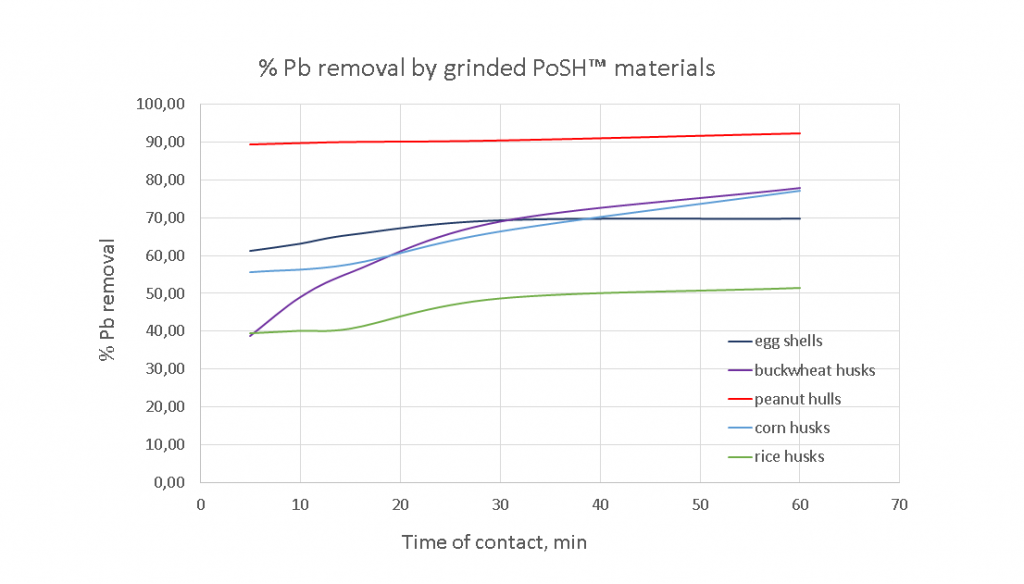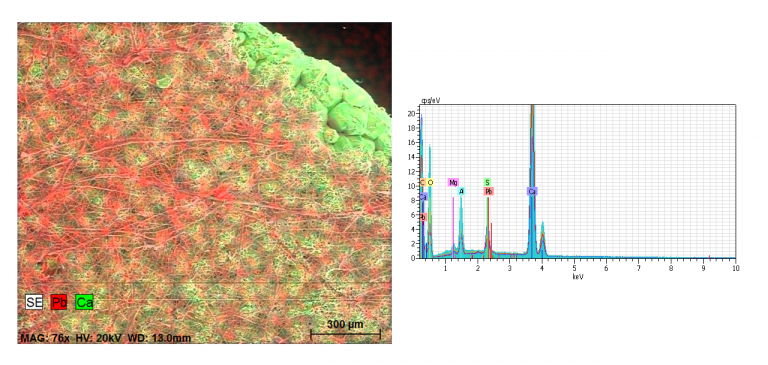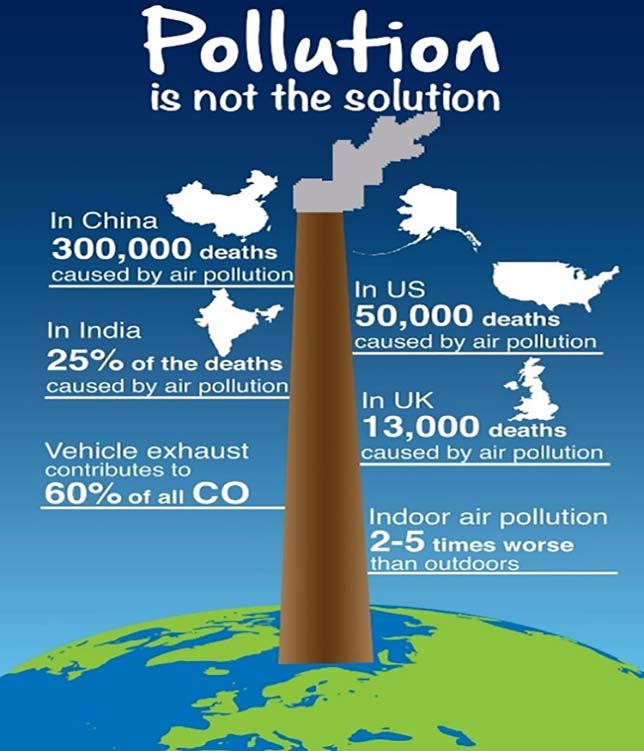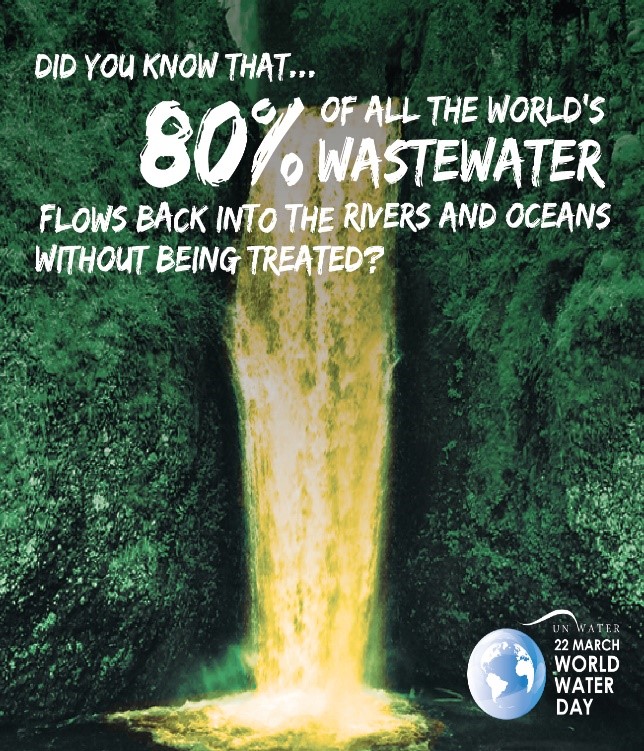The landfill sites are in rise and are competing for an increasing spot size on the Earth with rapidly growing population. The dangerous gasses released from the landfills in addition to other environmental pollutants are “responsible” for the scary statistics reporting that 3 % of the deaths worldwide are due to drinking polluted water, while 7 million deaths each year are due to the air pollution (World Health Organization, 2013). According to the World Bank, we are generating 2.12 billion tons waste globally each year and what we are leaving behind us for the next generations is getting out of control. By 2030 we will need another planet to support our current lifestyle of enormous waste disposal. Globally, 46% of all solid waste is organic, which decomposes and contributes to toxic gasses and environmental pollution of the water and soil.
PoSH™ (Porous Shells and Husks)
PoSH™ Sorbents for Removal of Environmental Pollutants
With the mission to reduce the landfills, CSI is giving “a second chance” to various agricultural waste and industrial by-products as potential sorbents for environmental pollutants. Among the pollutants, a special focus was given to heavy metal pollutants. Heavy metal contamination is one of the major global health concerns that can cause severe health disorders not only in humans, but in all living creatures.
To-date, CSI has screened and tested variety of agricultural and industrial byproducts, such as eggshells, peanut husks, rice husks, corn cobs and husks, nut shells, fruit and vegetable peels and many others, disposed from households, restaurants, farms and different industries. Scanning electron microscope (SEM) images of selected materials are given below.

PoSH™ Sorbents for Heavy Metal Removal from Contaminated Water
- Heavy metals’ contamination was in ppm (parts-per-million) range and their concentrations in contaminated water samples were measured by atomic absorption spectroscopy (AAS).
- For most of the tested PoSH™ materials, 30-min-contact time seems optimal to remove majority of the present Pb in contaminated water. Grinding of PoSH™ materials yielded more efficient sorption of Pb for approx. 30-40 % compared to crashed/chopped PoSH™ materials, which can be attributed to the larger surface area available for sorption. Sorbent concentrations of 0.03-0.04 g PoSH™/ml water were found to be optimal for efficient Pb removal from water within 1 hr.

Figure 2. Pb removal by different grinded PoSHTM materials as a function of time.

Table 1. Pb-removal with 0.02 g/ml selected PoSH™ sorbents in chopped and grinded forms for different contact times

Figure 3. Pb removal by grinded PoSHTM materials as a function of sorbent concentration.

Table 2. Pb-removal with selected chopped and grinded PoSH™ sorbents as a function of the sorbent concentration for 1 hr contact time

Figure 4. EDS elemental map and spectrum showing Pb sorption on the eggshell membrane after eggshells with membrane were immersed in Pb-contaminated water for 1 hr.
100% Biodegradable Compact PoSH™ Sorbents
Using proprietary technology, sustainable and biodegradable compact PoSH™ sorbents are in the process of developing and testing for their sorption efficacy towards heavy metals and other environmental pollutants. SEM images of the morphology of these PoSH™ sorbents are given below.
Figure 5. Scanning electron microscope (SEM) images of sustainable and biodegradable compact PoSH™ sorbents
CSI is offering PoSH™ platform of sustainable and biodegradable sorbent materials for licensing
This work was in part supported by the Virginia Tech National Center for Earth and Environmental Nanotechnology Infrastructure (NanoEarth), a member of the National Nanotechnology Coordinated Infrastructure (NNCI), supported by NSF (ECCS 1542100).


